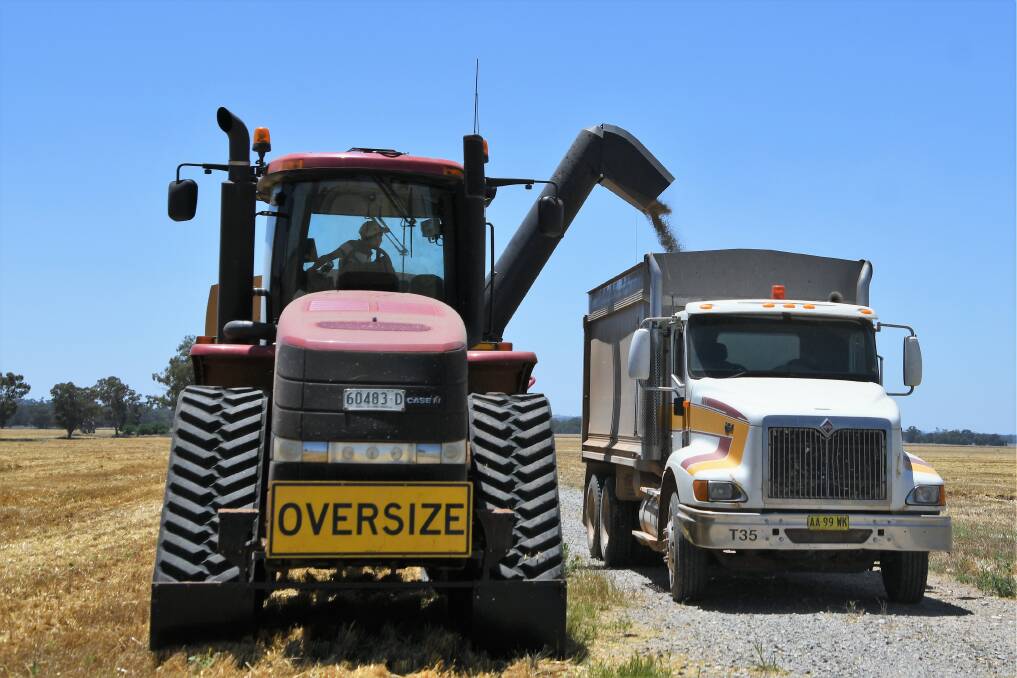
THE BIGGEST crop on record in NSW and the second largest ever in Victoria will drive a monster Australian winter crop of 51.5 million tonnes, second only to the 56.7m tonnes of 2016-17.
Subscribe now for unlimited access.
$0/
(min cost $0)
or signup to continue reading
The Australian Bureau of Agricultural and Resource Economics and Sciences put out the huge number earlier this week, with significant upgrades across the board from the September estimate due to favourable spring conditions.
Overall, the ABARES estimate was 7.4 per cent larger on its September numbers.
ABARES predicts New South Wales is set for a crop of 17.6m tonnes, with its 12.2m tonnes of wheat more than double the five year average of 5m tonnes.
This constitutes an incredible five times the crops of the past two years, which came in at 3.3 and 3.2m tonnes respectively.
Victorian winter crop production will sit at 9.3m tonnes, 24pc up year on year, in spite of a good year in many regions in 2019-20.
Wheat production of 4.7m tonnes will be a record, while canola will hit 855,000 tonnes on a high average yield of 1.9 tonnes a hectare, the highest since 2016-17.
While the fortunes of the east coast have been well documented, National Australia Bank analyst Phin Ziebell said improvements on the other side of the country had been just as important in pushing past the 50m tonne mark.
"I underestimated Western Australian production prior to harvest and I don't think I was alone on that," Mr Ziebell said.
"There was a degree of pessimism leading into harvest, most were expecting a slightly lower than average year overall, with some areas in the north faring worse," he said.
"Judging just by the rainfall figures along you would think that would be the case but across the board in the south things have been better than expected, with the rain falling at just the right time and not too much damage from frost or heat."
"What we thought might be a decile 4 sort of a year has now turned into a decile 6, so that means a lot more grain over such a large area."
On the east coast, with the Victorian harvest only just kicking into full swing, GrainCorp may go close to challenging its all-time receival record.
2010-11, not 2016-17, was the biggest year for the bulk handler, with total receivals at 15.4m tonnes, compared to 12.6m tonnes in 16-17.
This year, the network has received 9m tonnes, compared to 1.6m tonnes at this time last year.
While the crop is a record the increased diversity of bulk handling options means GrainCorp now gets a smaller share of overall receivals in percentage terms.
ABARES executive director Steve Hatfield-Dodds said spring was the key to the big year, especially in NSW, Victoria and South Australia.
"Crops in these states were generally in very good condition at the end of winter, and the favourable rainfall during September and October was perfectly timed for the growth cycle," Dr Hatfield-Dodds said.
Total wheat production is set to jump 106pc to 31.2m tonnes, the second highest on record, barley tonnage will increase 33pc to 12m tonnes, also the second highest and canola production is tipped to hit 3.7m tonnes, the fifth largest ever.


